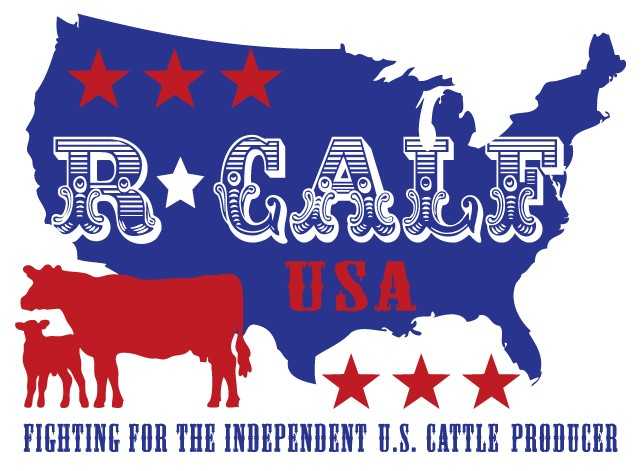![]()

In his April 24 Drovers opinion, “Protectionism’s Persistent Misunderstandings,” Nevil Speer states this is his third-in-a-series foray into claims about international trade. This is my third response (see one and two). Speer now asserts R-CALF USA exemplifies a group that “condemns the presence of international trade.”
No, we don’t! But we do condemn stupid trade policies that result in persistent trade deficits and excessive import penetration.
Let’s answer a fundamental trade question: Can unlimited imports destroy an American livestock industry?
The chart below contains four decades of data depicting the cattle industry’s canary in the coal mine – its sister sheep industry.
The chart reveals that until the early 90s, production (blue columns) followed consumption (red line). But after the start of the free trade frenzy in the 90s, production began decreasing at about the same rate that imports (maroon columns) were increasing, even while consumption remained relatively high!
Soon after the 2005 U.S.-Australia Free Trade Agreement, the sheep industry became the first American livestock industry to be outsourced – U.S. consumers relied more on imports for their lamb and mutton than their beleaguered sheep industry could any more produce. For a moment the sheep industry received a temporary reprieve – a multi-year Australian drought that slowed imports through 2012. Domestic consumption exploded after 2012, and so did imports. In fact, imports satisfied all of America’s increased lamb and mutton consumption while domestic production continued its decline.
During this period, the U.S. sheep inventory declined ~61 percent; the number of 100-plus head sheep producers shrank ~63 percent; and rural communities once supported by sheep hollowed out. By 2022, ~74 percent of the lamb consumed in America was foreign.
 |
This is a real example of the impact of unlimited imports and is the result of stupid trade policies. And did I mention the sheep industry is the cattle industry’s canary in the coal mine?
So, what should be done? Should we retreat to the laboratory and create complicated regression analyses using hand-picked variables that may or may not reflect conditions in the real world?
That’s what Speer did in his chart showing imported live cattle have essentially no impact on fed cattle prices. Really? Does the law of supply and demand not apply to fed cattle prices? Do imported live cattle not represent an increase in supplies? And, are we to presume demand for fed cattle is not already altered by the volume of beef imports that are satisfying a portion of consumer demand before the bidding for fed cattle even begins?
Again, the impact of imports cannot be evaluated by looking only at hand-picked branches on a tree within a forest containing both imported beef and beef produced from imported cattle (see one and two).
But Speer continues, asserting imported cattle have essentially no impact on domestic cow numbers. Really? Basic economics inform us that if the U.S. did not import ~2 million head of cattle each year, there would be more profitable opportunities for both existing and new cow/calf producers. Doesn’t the law of supply and demand apply here either? And don’t economists refer to these imports as direct substitutes for domestic cattle? To “substitute” is to take the place of another, and imported cattle take the place of domestic cattle, period. My last response provides a real life example of how imported cattle have taken the place of domestic cattle.
Cow/calf producers will recall when their returns per bred cow increased to then record levels in 2004-2005, the result of the U.S. banning Canadian live cattle imports for over two years.
Policy makers have listened to Speer and his counterparts for decades. That’s why we’ve lost an additional 107,000 beef cattle producers and 2.5 million beef mother cows in just the past five years, all while beef demand was strong! Producers must stop supporting stupid trade policies.
This op-ed first appeared on Drovers.com.
Bill Bullard is the CEO of R-CALF USA, the nation’s largest nonprofit trade association exclusively representing U.S. cattle producers in the multisegmented beef supply chain. Bullard’s photo is available here.
